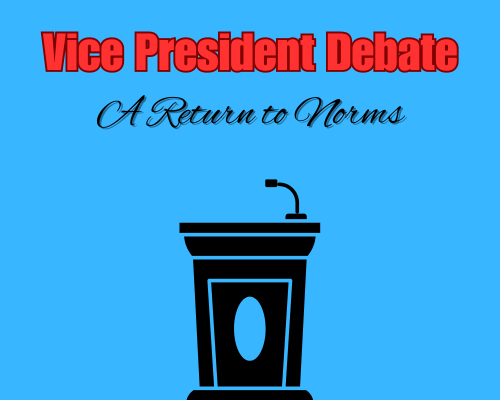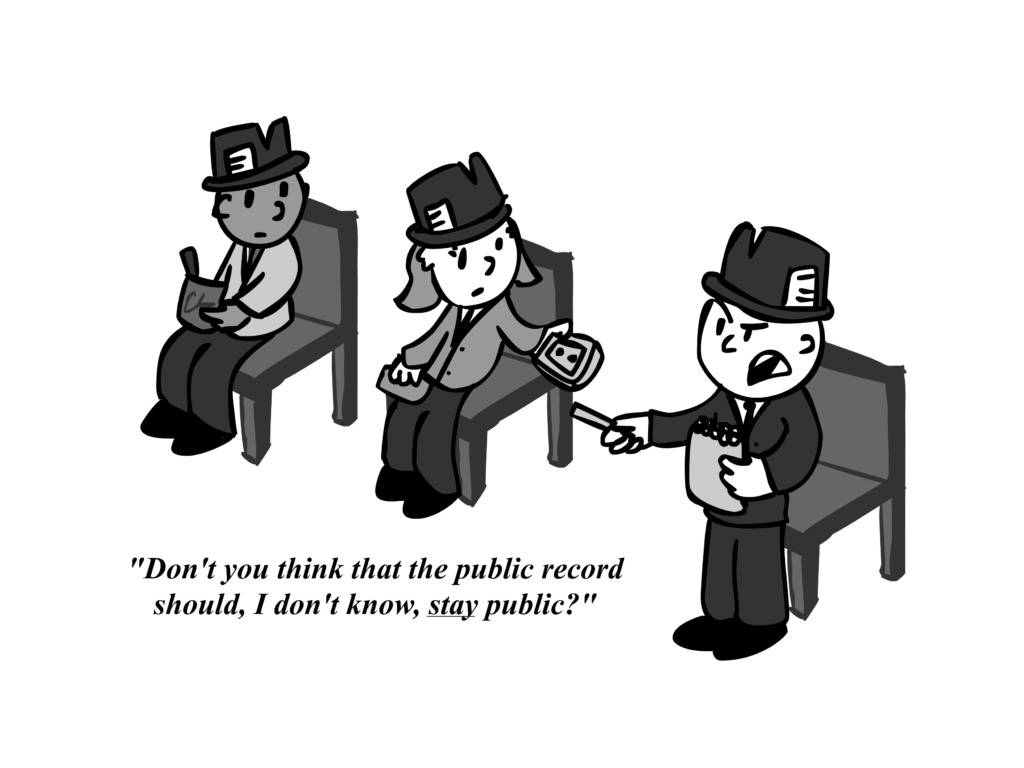Column by Dylan Doyle, Sophomore from Marion, Kentucky
 As a child, the purple crayon was never out of my hand for long. I drew purple people in their purple houses with purple smoke rising out of purple chimneys. The purple Power Ranger was my favorite – nevermind the fact that he was a complete fabrication of my imagination. “The Color Purple” seemed like a neat movie, not that anyone let me watch it.
As a child, the purple crayon was never out of my hand for long. I drew purple people in their purple houses with purple smoke rising out of purple chimneys. The purple Power Ranger was my favorite – nevermind the fact that he was a complete fabrication of my imagination. “The Color Purple” seemed like a neat movie, not that anyone let me watch it.
I was all about purple; I even liked that abominable purple McDonald’s monster aptly named Grimace.
That is, until a kid in my first-grade class told me purple was a girly color, almost as bad as pink. I was utterly horrified – at the time, it seemed like being called a girl was the worst of all insults. I asked my family if they thought purple was a girly color, each person heightening my anxiety regardless of their answer.
By the end of the ordeal, I decided my favorite color was blue. I traded in my purple pencil box for a blue one, though not for any good reason. I forced a new favorite color on myself because I was afraid of being called a girl – a fear that remains typical for developing boys in our culture. We learn very early that being associated with anything feminine is a social death sentence.
Why do we assign gender to colors in this way? It seems to be completely arbitrary. In fact, in the early 1900s, pink was associated with baby boys and blue was associated with baby girls, at least according to the then-popular Infant’s Department magazine. Just a hundred years ago, pink was considered a masculine color.
There does not seem to be any evolutionary explanation for the pink and blue dichotomy so it remains unclear exactly who decided that blue is for boys and pink is for girls. Regardless of who started the trend, it continues today for one obvious reason: advertising. It is always beneficial for marketers to split vast swathes of people into smaller groups, preferably with as little overlap as possible.
It’s a great business strategy because you are much less likely to accidentally compete with yourself. The girl toy aisle is covered in pink princesses and heart-shaped makeup kits, and it contrasts starkly with the action figures and monster trucks of the boy aisle. When no boys buy Elsa dolls and no girls buy Transformers, toymakers keep their demographics separate and maximize profits. We tell girls they like dolls, and we tell boys they like action figures. We don’t tell them they are the same thing.
This is harmful for a thousand reasons, and it is undoubtedly more harmful for the young girls being told by marketers that their exterior beauty is all that matters, but I must leave that conversation to those who have experienced it.
For now, let’s talk about the little boys who suddenly feel weird about liking pink – the boys who feel guilty about wanting to play with a Barbie mansion or smear colorful dust on their face, simply because capricious social norms dictate that only girls can smear colorful dust on their faces. These social norms matter so little, but they are enforced so rigidly. The little boy eyeing his sister’s fairy wand is made to feel inadequate or warped simply because he enjoys stereotypically-feminine toys.
Young boys do not start out with this reflexive self-guilt response. It is something they are taught, often by fathers afraid that others will see their son as unmanly.
With the current transgender bathroom debate reaching a boiling point, gender politics and issues are at the forefront of American discourse for the first time.
The time has come to stop inflicting gross marketing ploys on developing children simply because our society flinches at nonconformity.
Even more importantly, we must teach our sons that being compared to girls is not an insult. It is the only way to show our daughters that being a girl is not an insult.






























































































